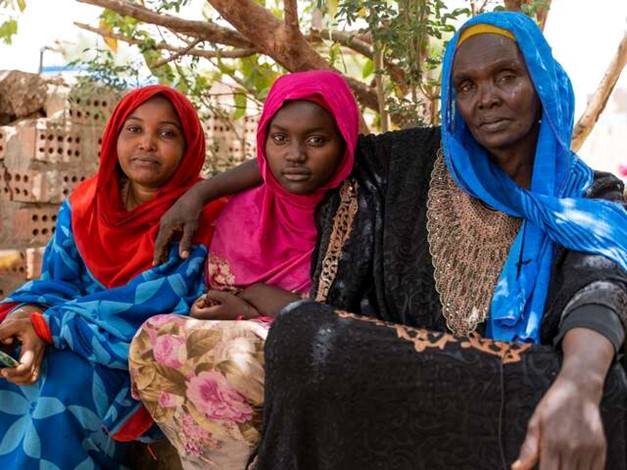Fighting in Sudan: What you need to know about the crisis
Post By Diaspoint | March 26, 2024

Even before the recent clashes, Sudan was facing extreme weather shocks, social and political unrest and rising food prices.
Each year, the International Rescue Committee’s Emergency Watchlist analyses which countries are most likely to experience a deteriorating humanitarian crisis. This year, Sudan tops the list due to escalating conflict, mass displacement, an economic crisis and a near collapse of healthcare services.
The power struggle between the Sudanese Armed Forces (SAF) and the Rapid Support Forces (RSF) erupted into a large-scale conflict in April 2023 and has been driving humanitarian needs in the country ever since. Renewed clashes broke out in Al Jazirah State in December 2023, triggering a new round of displacements and interruptions of humanitarian operations. The IRC and other humanitarian organisations were forced to relocate their staff.
Before the conflict, Sudan was already experiencing a severe humanitarian crisis. Long-term political instability and economic pressures meant that 15.8 million people were in need of humanitarian aid. The conflict has only exacerbated these conditions, leaving almost 25 million people – more than half of Sudan’s population – in need.
Amidst mass displacement and reports of mass killings, humanitarian access has been severely curtailed, making it extremely hard for aid to reach vulnerable communities.
The crisis is expected to deteriorate through 2024, driving further displacement and increasing risks across the region.
Read More from original source
